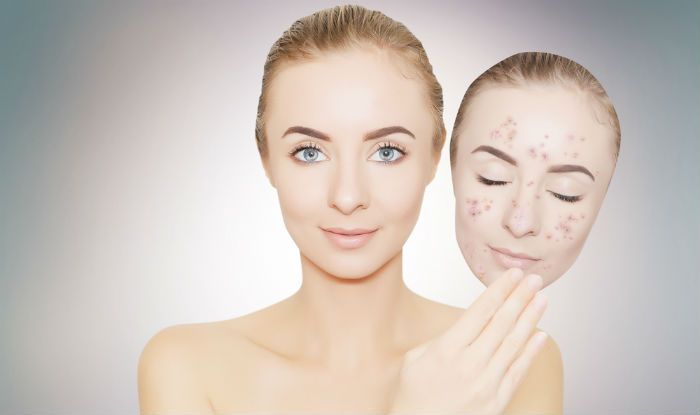There are things that don't change. For example, in the fall, the season for an active fight against pigmentation opens. So, I suggest a site for more about the hyperpigmentation treatment https://reliefseeker.com/treatments/hydroquinone.
We have already written about the causes of its occurrence and possible methods of treatment, for example, here.
For this article, we decided to see what new appeared in the study of this problem at the fair of scientific vanity.
Unusual Symptoms
A recent study published in the Journal of family medicine and primary care found that hyperpigmentation with generalized weakness can be the initial symptom of several systemic conditions, including vitamin B12 deficiency. Although the researchers acknowledge that this symptom is rare, early identification of the problem can prevent a variety of neurological complications.
Post-traumatic Pigmentation And Growth Factors
In 2015, Korean scientists studied the effect of a cream containing epidermal growth factor on post-inflammatory hyperpigmentation after laser treatment on yttrium aluminum garnet (532 nm). The results of the experiment proved that the use of epidermal growth factor (EGF) promotes wound healing and may reduce the risk of laser-induced inflammatory hyperpigmentation (PIH). The study involved twenty-five patients with senile lentigo. After the procedure, patients applied a cream containing EGF or a control cream to the treated area. Skin color and transepidermal water loss (TEWL) were measured on days 0, 3, 7 and 35 using a mexiameter and a temperature meter, respectively.
The cream containing EGF resulted in a slight reduction in laser-induced transepidermal water loss and significantly reduced the melanin index and the incidence of post-traumatic pigmentation at day 35.

In a double-blind, randomized clinical trial (Taghavi F. 2018), which aimed to compare the efficacy of liposomal hydroquinone and hydroquinone in a conventional formula for the treatment of melasma, no significant difference was found between the experimental and control groups. That is, according to the results of the study, liposomal hydroquinone has a significant therapeutic effect on melasma, but does not have any superiority over the usual one.
Tyrosinase Inhibition
The Lim JW study investigated the inhibitory effect of dehydroglyzasperin C (DGC), a beneficial component of Glycyrrhiza uralensis (G. uralensis), on α-melanocyte-stimulating hormone (α-MSH) -induced melanogenesis and its mechanisms.
DGC decreased intracellular tyrosinase (TYR) activity and expression of melanin synthesis-associated proteins (TYR and TRP-1) in a dose-dependent manner in α-MCH-induced melanogenesis.
In addition, DGC induced suppression of MITF (melanocyte-specific transcription factor) by suppressing the cAMP-CREB pathway. In addition, phosphorylation of extracellular signaling regulated kinase (ERK) decreased MITF in DGC treatment. Thus, DGC can be used as a whitening ingredient and clinically used against hyperpigmentation.





